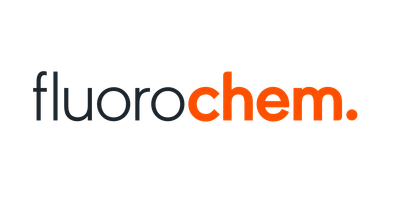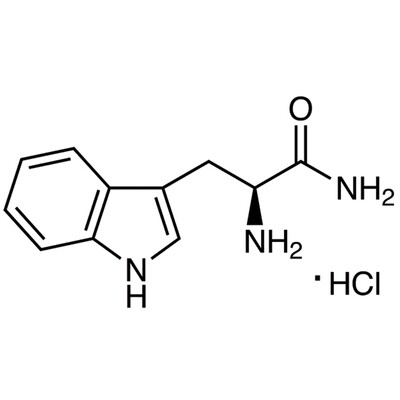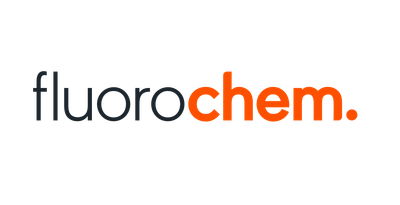Pyridine, 500 ml
SKU 9729.3
€ 91,91
In stock
1
Save this product for later
Pyridine, 500 ml
Product Details
P-phrases: P260 P302+P352 P342+P311
H-phrases: H317-H334
CAS number: 1405-41-0
Chemical formulas: C19-21H39-43N5O7 · 2,5 H2SO4
HS code: 29333100
Brand: Carl Roth
Pyridine, ROTIPURAN®, min. 99,5 %, p.a., ACS, Molar mass (M) 79,10 g/mol, Density (D) 0,982 g/cm³, Flash point (flp) 17 °C, Boiling point (bp) 115,2 °C, CAS No. [110-86-1], UN-Nr. 1282, EG-Nr. 203-809-9, Empirical formula C5H5N
Hydroxyl Value
The hydroxyl value is a measure of the hydroxy group content of organic materials such as paints, resins, polystyrenes, solvents and lipids. It represents the amount in milligrams of potassium hydroxide required to neutralise the quantity of acetic acid that combines on acetylation of one gram of the substance being tested.
| Assay (GC) | ≥99,5 % |
| Water | ≤0,1 % |
| Piperidine (GC) | ≤0,01 % |
| 2-Methylpyridine (GC) | ≤0,1 % |
| Evaporation residue | ≤0,001 % |
| KMnO4 reducing substances (as O) | ≤0,0005 % |
| Chloride (Cl) | ≤0,001 % |
| Sulphate (SO4) | ≤0,001 % |
| Aluminium (Al) | ≤0,00005 % |
| Ammonia (NH3) | ≤0,002 % |
| Barium (Ba) | ≤0,00001 % |
| Lead (Pb) | ≤0,00001 % |
| Boron (B) | ≤0,000002 % |
| Cadmium (Cd) | ≤0,000005 % |
| Calcium (Ca) | ≤0,00005 % |
| Chromium (Cr) | ≤0,000002 % |
| Iron (Fe) | ≤0,00001 % |
| Cobalt (Co) | ≤0,000002 % |
| Copper (Cu) | ≤0,000002 % |
| Magnesium (Mg) | ≤0,00001 % |
| Manganese (Mn) | ≤0,000002 % |
| Nickel (Ni) | ≤0,000002 % |
| Zinc (Zn) | ≤0,00001 % |
| Tin (Sn) | ≤0,00001 % |
You May Also Like
Powered by Lightspeed
Display prices in:EUR
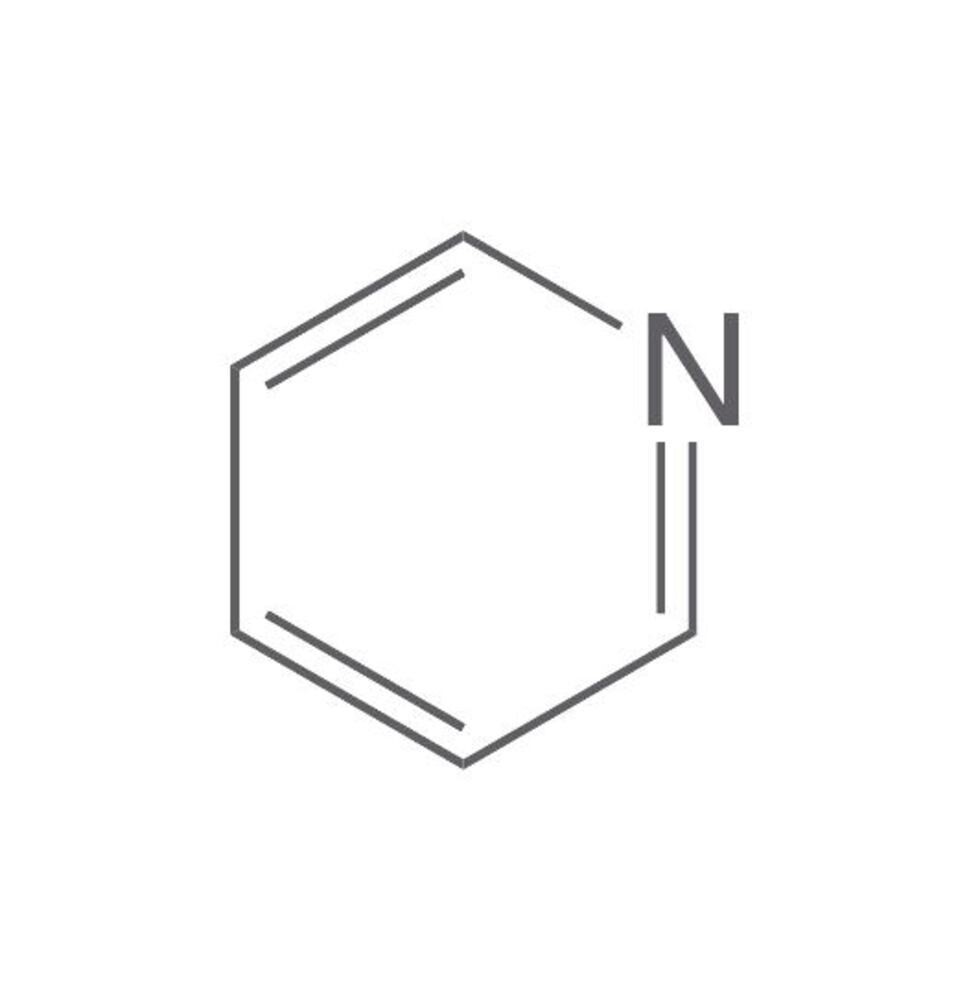
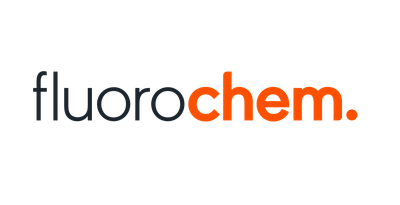
![N-[(9H-Fluoren-9-ylmethoxy)carbonyl]-L-serine>97.0%(HPLC)(T)1g N-[(9H-Fluoren-9-ylmethoxy)carbonyl]-L-serine>97.0%(HPLC)(T)1g](https://d2j6dbq0eux0bg.cloudfront.net/images/88473019/4044936104.jpg)
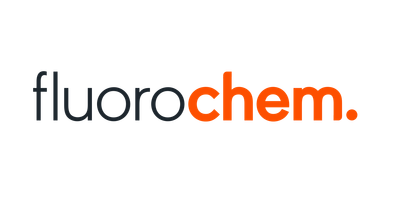

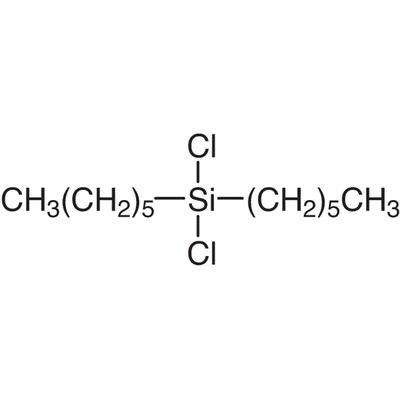
![4-Dimethylamino-N-(5-phenyl-1H-pyrazolo[3,4-c]pyridazin-3-yl)-butyramide; tartaric acid salt, 95.0%, 10mg 4-Dimethylamino-N-(5-phenyl-1H-pyrazolo[3,4-c]pyridazin-3-yl)-butyramide; tartaric acid salt, 95.0%, 10mg](https://d2j6dbq0eux0bg.cloudfront.net/images/88473019/4863399833.png)
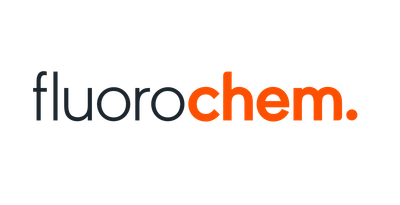

![5-Methoxy-1H-benzo[d][1,2,3]triazole, 95.0%, 100mg 5-Methoxy-1H-benzo[d][1,2,3]triazole, 95.0%, 100mg](https://d2j6dbq0eux0bg.cloudfront.net/images/88473019/4868366643.png)
